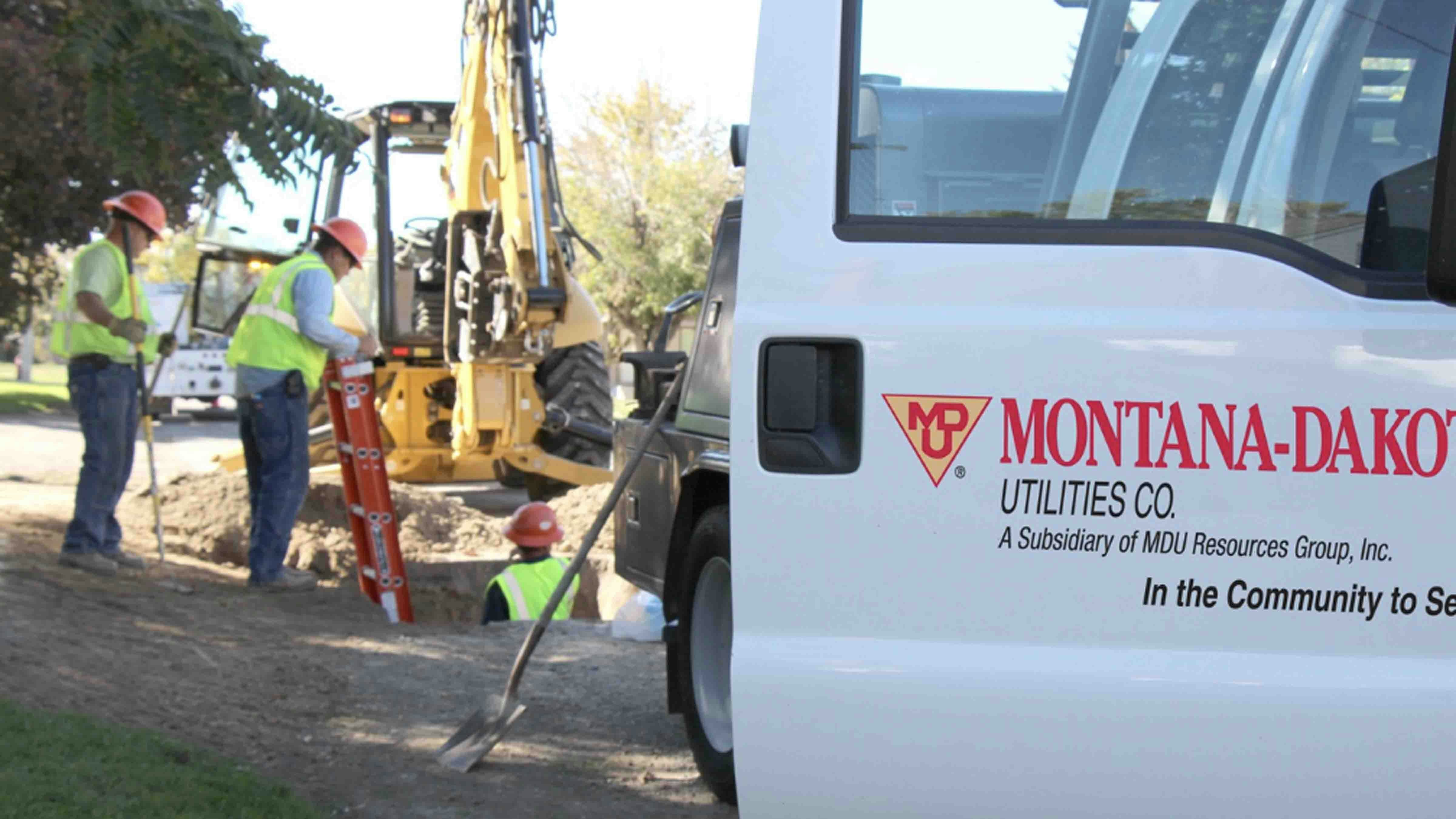Because of the importance of tourism to local economies throughout the state, many counties are making the most of an optional tax that allows them to lure visitors, bringing much-needed tourism dollars to sluggish economies.
According to the Wyoming Travel Industry Coalition, the local option lodging tax works well as a source of revenue for local tourism promotion.
A report released by the state shows that more than $21.5 million dollars was raised by lodging taxes statewide in 2019.
Income from the lodging tax, which is assessed in addition to sales taxes, is earmarked for local travel promotion. The tax, which ranges from 2 percent to 4 percent, must be approved by local voters every four years.
None of the lodging tax revenues can be used for projects outside of tourism advertising and promotion — no capital construction, no general funding for cities, towns and counties.
But for many local governments, that tax income is a jump-start for the economy.
Claudia Wade, executive director for the Park County Travel Council, said that because of the lodging tax, the council can spend more dollars advertising attractions and recreation, which influences travelers’ decisions to stay longer in the area.
Because of its location, Park County is a natural draw for tourists heading to Yellowstone National Park.
Wade said that because of the advertising financed with lodging tax revenue, more people are drawn to the region as tourists, which then allows more locals to stay employed.
“Because the lodging tax is collected on top of the sales tax, when visitors come to the area, they bring in more revenue that can be used for general fund purposes for local governments,” Wade said.
“Those expenditures have a big impact on our economics. The businesses that they’re frequenting also are hiring employees — which means those front line workers and workers behind the scenes all benefit from the tourism industry and visitors coming to the area.”
What the lodging tax does in Park County is indicative of its impact across the rest of the state. Laramie County received more than $2 million in lodging tax revenue last year, while Casper and the local governments in Natrona County received $1.8 million.
Park County, with Yellowstone as a major tourism draw, took in more than $3 million, and Teton County received more than $7.7 million in lodging tax dollars.
Wyoming law specifies that the tax must be used for travel and tourism promotion by the county or city approving the tax, and is limited to promotional materials, television and radio advertising, printed advertising, promotion of tours and other specific tourism related objectives.
Wade pointed out that Park County does what most other counties do with the funds.
“We pay for connect TV ads, some print, there is some digital, and a lot of social media,” she explained, “so it’s a big mix – much bigger than when it was when we initially started in 1986.”
Brook Kaufman is CEO of Visit Casper. She said the lodging tax makes a huge difference in the local economy in Natrona County.
“I think there is a perception that Natrona County doesn’t have a robust tourism economy, but we do,” she said. “It employs just over 2,600 people, generates almost $300 million in direct spend and $15 million in sales tax. For us, tourism is really critical to employment.”
Kaufman said Visit Casper invests the lodging tax dollars in marketing programs that drive return visits, which creates jobs and sales tax collections for both cities and counties.
A statewide lodging tax bill is being proposed again this year at the Wyoming legislature, which Wade said would assist not only the individual counties, but the entire state.
“The lodging tax is important as a whole to the state — that additional money could be very beneficial to the Wyoming Office of Tourism, which has a broader reach than our local organizations,” Wade explained.
The Wyoming Travel Industry Coalition reports that the lodging tax makes up about 18 percent of the tax dollars from travelers. While a study by the American Economics group in 2008 concluded high room taxes can influence travelers’ decisions to stay in a certain city for any length of time, Wade said that’s not much of a concern in Wyoming.
“Our lodging tax rate here in Wyoming is fairly insignificant compared to other regions,” she said, noting that states such as Michigan (at 12 percent) and Connecticut (at 15 percent) have significantly higher lodging taxes than in the Cowboy State.
Only five states have lodging tax rates lower than Wyoming, according to a report issued by the National Council of State Legislatures.





